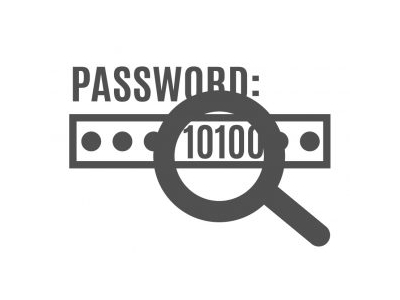The headlines are full of cyberattacks, data leaks and ransomware claims worth millions. Companies are being hit by AI-generated phishing campaigns, supply chain attacks and zero-day exploits – professionally organized and globally networked.
The security market is growing explosively – driven by NIS2, DORA, the Cyber Resilience Act and KRITIS laws. But where there is a lot of money involved, there are also providers who deliver more “cyber marketing” than security. They promise all-in-one protection, glitter with colorful brochures and buzzwords, but deliver little in terms of expertise.
So the question is:
“How do you expose the false sheep – and how do you recognize real experts?”
1. published vulnerabilities and security tools
Fake providers like to claim that they can “check everything” – but you won’t find any technical contributions or results from them.
Real experts, on the other hand, publish:
- CVE entries (Common Vulnerabilities and Exposures):
Anyone who discovers vulnerabilities in common software, reports them responsibly and receives CVE IDs has demonstrable technical expertise. - Open source tools:
On GitHub/GitLab you will find projects that are used, improved and evaluated by the community. This is an indication of practiced professionalism, not empty promises.
Check:
- Does the provider have CVEs in its own name?
- Does he have open source contributions that are more than “marketing tools”?
2. expert contributions & technical depth
Fake sheep fill blogs with buzzwords: AI, cloud, zero trust – it all sounds modern, but remains superficial.
Real experts publish content that has substance:
- Exploit analyses, proof-of-concepts, technical walkthroughs
- Practical reports from penetration tests
- Deep dives on malware, cryptography or cloud security
Today, it’s not just the classic blog that counts: podcasts, newsletters (e.g. Risky Business), YouTube analyses or conference reports also show how deeply someone is actually into the topic.
Check:
- Does the provider describe real attack and defense techniques – or does it remain at PowerPoint level?
3. community & social media
Security thrives on exchange. Those who isolate themselves often only deliver what marketing allows.
- X (formerly Twitter): still the source of exploits and zero-days.
- Mastodon/Bluesky: increasingly the place to go for security researchers.
- LinkedIn: useful, but beware: many self-promoters with “cyber” phrases.
- Discord/Slack communities: often the place where tools are created and tested.
Check:
- Does the provider have a real community presence?
- Are his posts shared, discussed, criticized – or are they just glossy posts with no response?
4. conference and trade fair contributions
Fake providers attend conferences, take selfies and post #Cyber – but never as speakers.
Real experts speak on stages such as:
- OffensiveCon (Berlin)
- Troopers (Heidelberg)
- CCC Congress (Leipzig)
- BlackHat / DEF CON (worldwide)
- ruhrsec (Bochum)
- SANS Summits
Nobody presents marketing slides there – only real research, exploits and technical innovations count here.
In short: an appearance can also be bought at official conferences and trade fairs. The decisive factor is:
Was the slot purchased or allocated independently by CFP/committee – and is there technical proof?
If a slot has been paid for and no technical proof is available → Alarm signal.
Check:
- Did the provider hold lectures or workshops?
- If so, where?
- Did the provider have to apply and prove himself or did he buy his slot?
- Is there a public program/CFP entry (with committee)?
- Is the session designated as a “sponsored” / vendor track or as a sponsor slot?
- Do slides/video/paper/demo/GitHub/CVEs provide technical proof?
5. further indications of seriousness
- Certifications & Skills: OSCP, OSCE, GIAC, CISSP, CISM are hard exams – no purchased logos.
- Regulatory & compliance: Can the provider not only provide technology, but also NIS2, ISO 27001 or TISAX?
- Transparency: Does it provide case studies, white papers, publicly comprehensible methods?
- AI & automation: Does he use modern approaches (SOAR, threat hunting with ML) – or is he just selling “AI cyber protection” as a buzzword?
Conclusion
In a market full of promises, it is crucial to separate technical substance from marketing show.
- If you have no CVEs, no tools, no real contributions in the community or at conferences, you should not call yourself a “security expert”.
- Those who publish, research, share and speak at top conferences, on the other hand, show that they have real know-how.
Ask. Check.
This is the only way to expose false sheep – and protect your company from the greatest risk:
false security.




